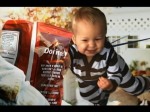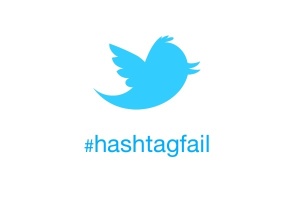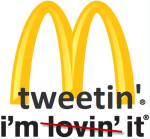Spence Diamonds. Fabulous product. Horrific advertising. I went from loving Spence Diamonds for their great products to absolutely abhorring them, courtesy of their awful advertising. If I didn’t find it so infuriatingly terrible, I would feel sad for them. But there is simply no excuse for advertising execution this bad.
I used to think of Spence Diamonds very fondly. Even when that nails-on-chalkboard equivalent voice took over their radio advertising, my love for the company stayed strong. Then things went from bad to worse. Spence Diamonds has forever alienated me as a customer and supporter with the rollout of their most recent advertising campaign on bus stops. What makes it worse is that it’s completely inescapable – it’s everywhere. I give them kudos for thorough coverage and deep penetration, but hate them on a personal level. Every time I see one of these ads, my blood literally boils.
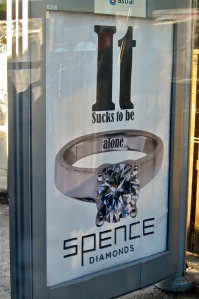 Spence Diamonds has four (that I’m aware of) different ads within this campaign. On that note, I should probably clarify: I adore the concept of this campaign. I think it’s cute, relatable, witty, and relevant. Maybe that’s why I feel so frustrated about it – it has so much potential to be great, and they absolutely blew it on the execution! To be fair, I’ve heard a lot of negative feedback from others on the concept of this campaign. Specifically, a number of people were offended by the “It sucks to be alone” ad; I thought it was funny, if a little bit harsh. Also, not a smart move – it successfully alienates potential future customers.
Spence Diamonds has four (that I’m aware of) different ads within this campaign. On that note, I should probably clarify: I adore the concept of this campaign. I think it’s cute, relatable, witty, and relevant. Maybe that’s why I feel so frustrated about it – it has so much potential to be great, and they absolutely blew it on the execution! To be fair, I’ve heard a lot of negative feedback from others on the concept of this campaign. Specifically, a number of people were offended by the “It sucks to be alone” ad; I thought it was funny, if a little bit harsh. Also, not a smart move – it successfully alienates potential future customers.
So how do I hate thee? Let me list the ways …
The offensively terrible typeface: Did they let a four-year-old child choose this typeface? I mean really Spence Diamonds? It looks like the BOLD key threw up all over your ad, in the least romantic, modern, or appealing font ever. It’s not even consistent with what their brand image seems to be – though I’m no longer sure what their brand image is …. And it would appear they don’t either.
The awful ring image: Really? That’s the best you can do? Look, Spence Diamonds, it’s about time someone told you: you are not Tiffany & Co. What makes your image even worse is that Tiffany & Co. rolled out an ad campaign of their own at the same time as Spence Diamonds, using an identical style of ring. The diamond in the ring featured in the Spence Diamonds ads looks like it’s of poor quality. It’s just not good. Newsflash, Spence: Tiffany’s ring makes your ring look like it came from the dentist.
The blatant disregard for appealing layout: The image of the ring is disproportionately large. The font seems crammed together. The logo seems like it was placed on as an afterthought. Just not good.
Spence Diamonds – FIRE YOUR AGENCY.





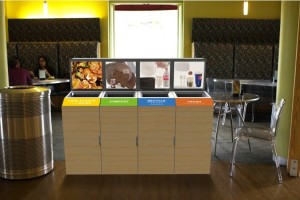

 Consumers don’t shop at Walmart because it’s sustainable; in fact, in a survey I conducted two years ago, respondents overwhelming agreed they didn’t actually care if Walmart was sustainable. This leads me to question why Walmart bothered introducing these sustainability measures, particularly as Sam Walton’s original approach was solely on a low-price focus: “Always low prices. Always.” The most logical conclusion I can draw is that it has to do with proactively making changes so that regulatory changes have a reduced negative impact on the corporation and their image. That, and it’s a great way for Walmart to improve their image.
Consumers don’t shop at Walmart because it’s sustainable; in fact, in a survey I conducted two years ago, respondents overwhelming agreed they didn’t actually care if Walmart was sustainable. This leads me to question why Walmart bothered introducing these sustainability measures, particularly as Sam Walton’s original approach was solely on a low-price focus: “Always low prices. Always.” The most logical conclusion I can draw is that it has to do with proactively making changes so that regulatory changes have a reduced negative impact on the corporation and their image. That, and it’s a great way for Walmart to improve their image.



